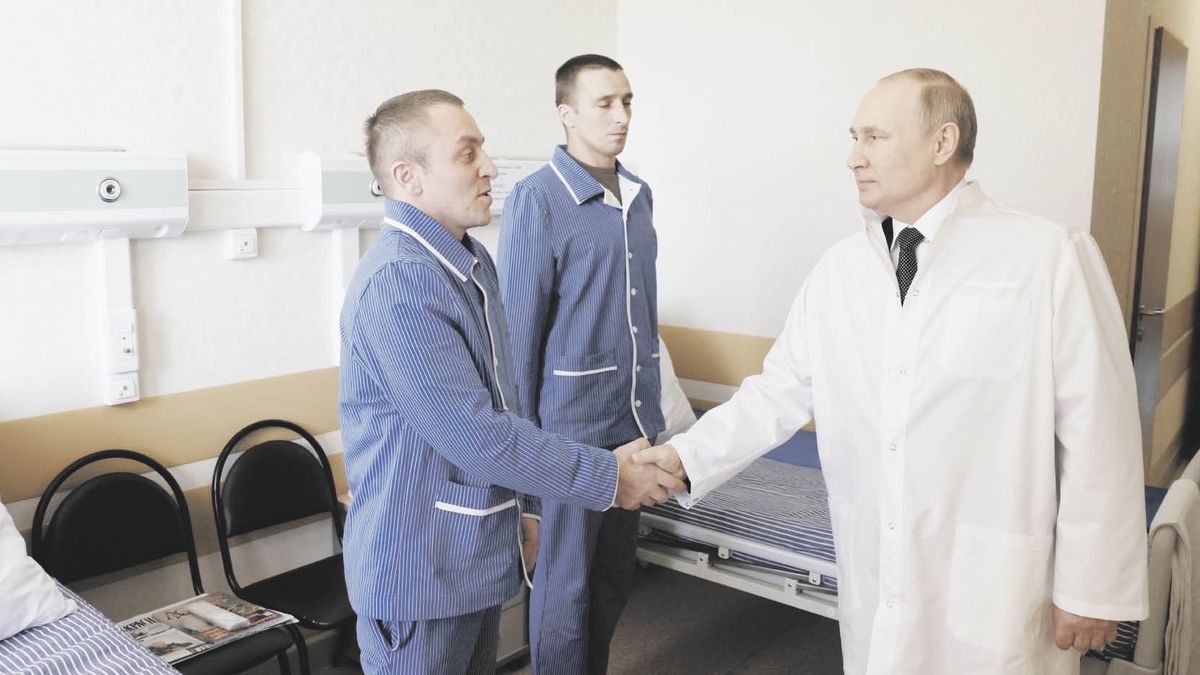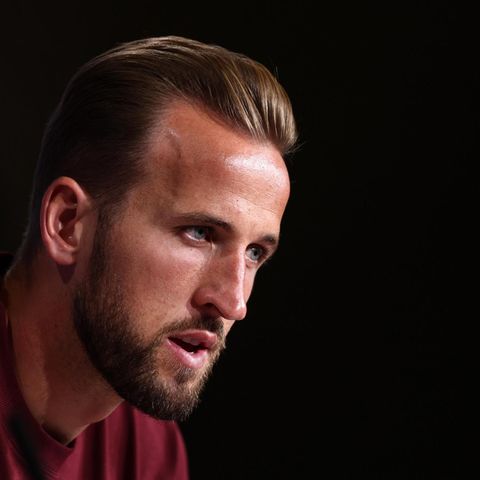Thus, the government of Vladimir Putin is now closely monitoring the strengthening of the ruble, which went on to trade at its highest level against the dollar in four years, spokesman Dmitri Peskov said yesterday. The trend may hurt the economy’s competitiveness, but it puts a ceiling on inflation unleashed by Western economic sanctions, projected at 20% for the year.
Evolution
The Russian currency, which was trading at about 80 rubles per dollar before February 24, when the Russian invasion of Ukraine began, devalued 50% in the days that followed, but recovered from March 9.
On Tuesday, the dollar was trading at around 56 rubles, the highest level since February 2018, while the euro was trading at 57.6 rubles, a record since 2015.
“The Government is paying special attention to this matter. This process of continued strengthening of the ruble is certainly an issue that requires special attention,” the spokesman said.
The issue, Peskov added, is discussed at “all meetings devoted to economic issues.”
However, he announced with satisfaction that “macroeconomic stability is assured.”
Default?
Meanwhile, Russia indicated yesterday that it will start paying its foreign debt in rubles following the decision of the United States to end a waiver that allowed it to make such payments in dollars. That can precipitate a declaration of cessation of payments by the rating agencies.
“Noting that the refusal to extend this license makes it impossible to continue to honor the Government’s foreign debt in US dollars, payments will be made in Russian currency with the possibility of later converting them into the original currency via the National Settlement Depository (National Settlement Depository, NSD), agent making the payment,” the Russian Finance Ministry said in a statement on Telegram.
The NSD is a Russian non-bank financial institution responsible for deposits of financial securities that are exchanged in the country.
“The Russian Ministry of Finance, as a responsible debtor, guarantees its willingness to continue honoring all its financial obligations,” the official text stressed.
“The current situation has nothing to do with that of 1998, when Russia did not have sufficient funds to pay its debts,” Finance Minister Anton Siluanov was quoted as saying in the statement. “Today we have money and also the willingness to pay,” he added.
The United States announced that it was ending as of yesterday a waiver that allowed Russia to pay its external commitments with dollars.
The end of that waiver came two days before the next Russian debt payment, which is about $100 million in interest on two bonds, is due.
In force since the start of Western sanctions against Russia in retaliation for the invasion of Ukraine launched on February 24, this exemption had so far allowed Moscow to escape default.
According to the Wall Street Journal, citing the Russian press agency Tass, the authorities have already made this interest payment.
Not counting this payment on May 27, Russia must take another 12 payments before the end of the year.
Source: Ambito
David William is a talented author who has made a name for himself in the world of writing. He is a professional author who writes on a wide range of topics, from general interest to opinion news. David is currently working as a writer at 24 hours worlds where he brings his unique perspective and in-depth research to his articles, making them both informative and engaging.




